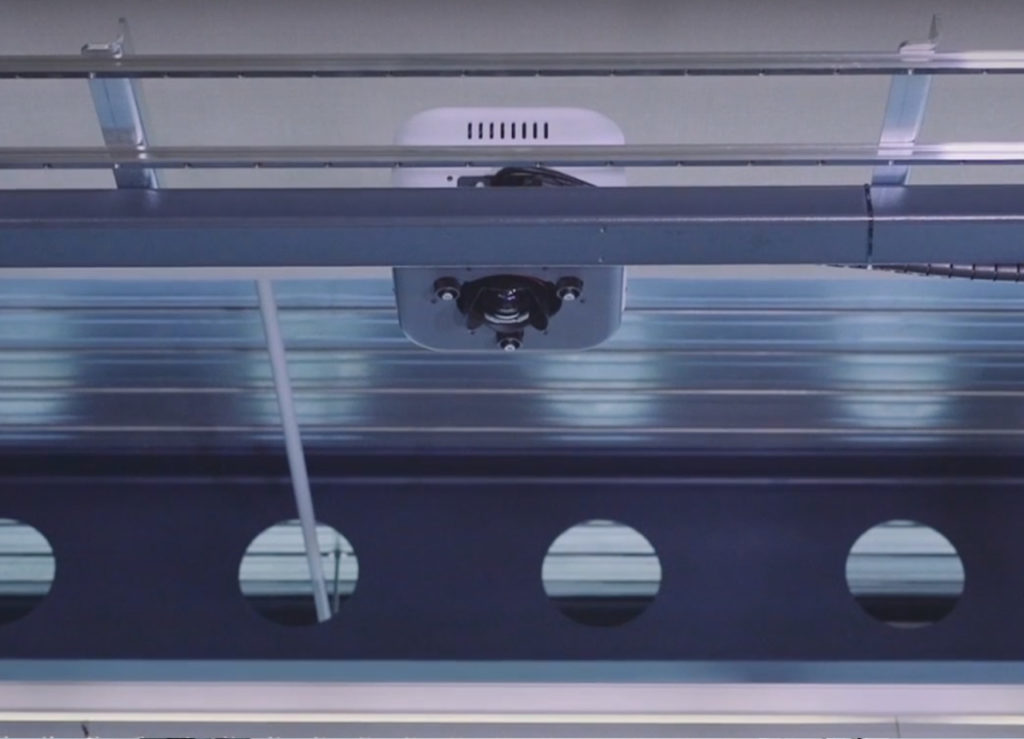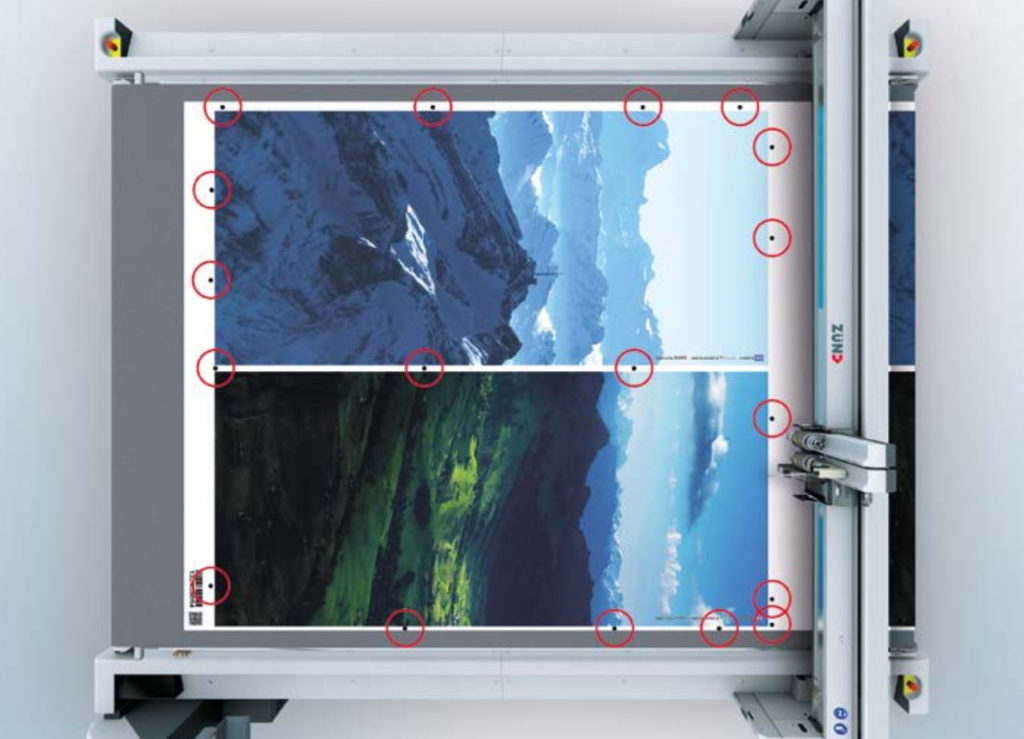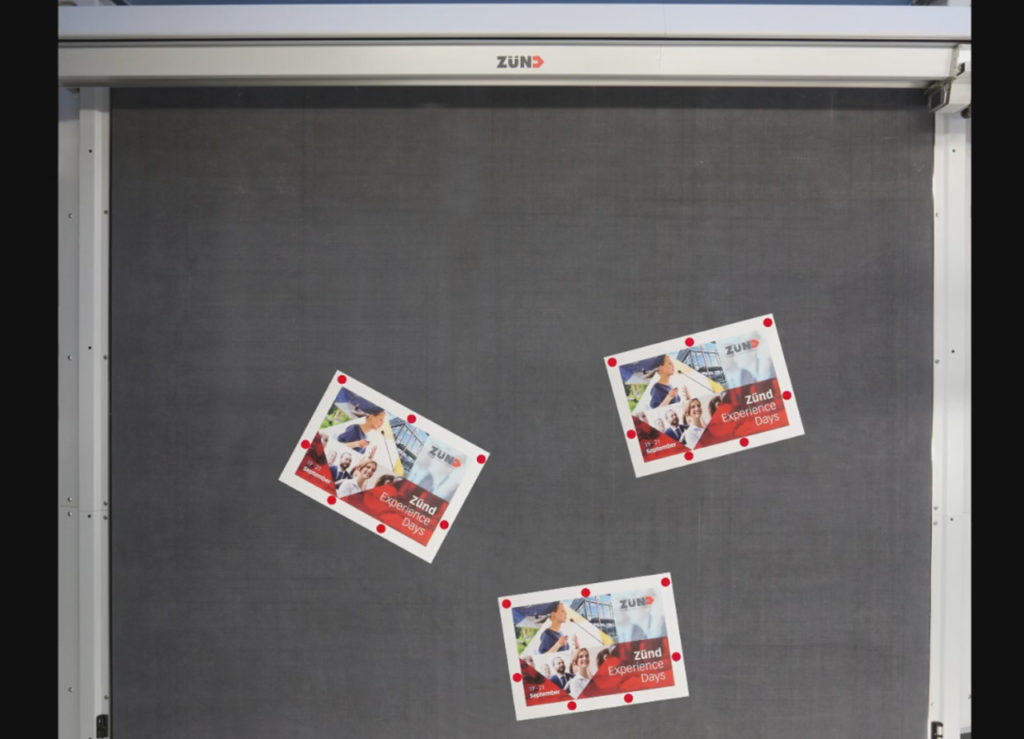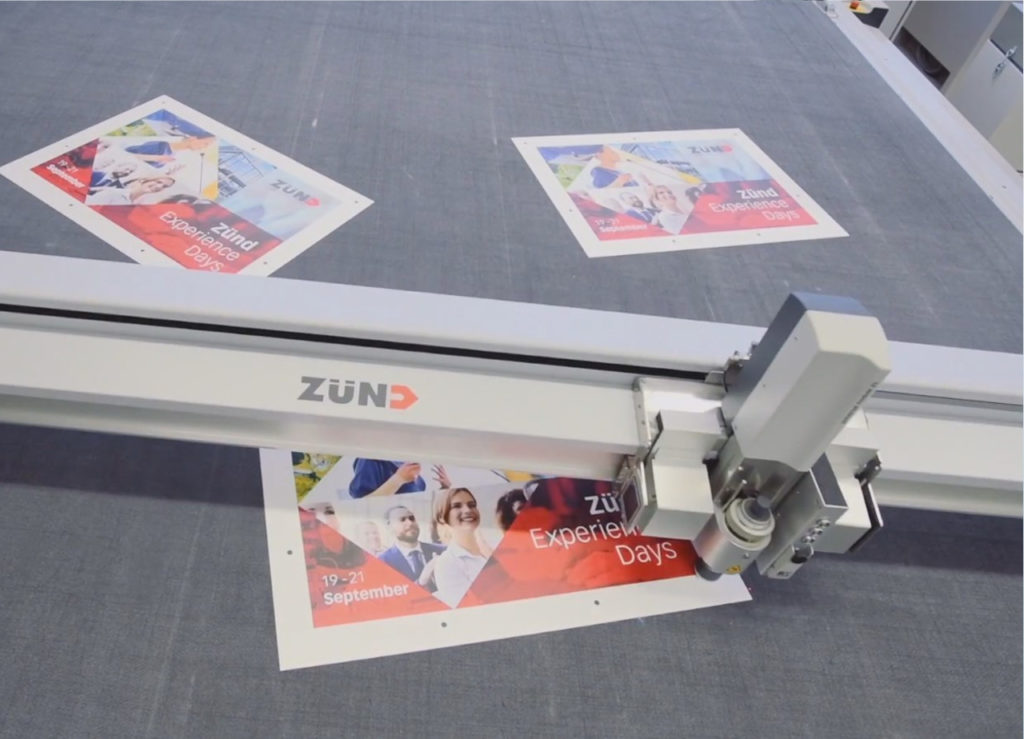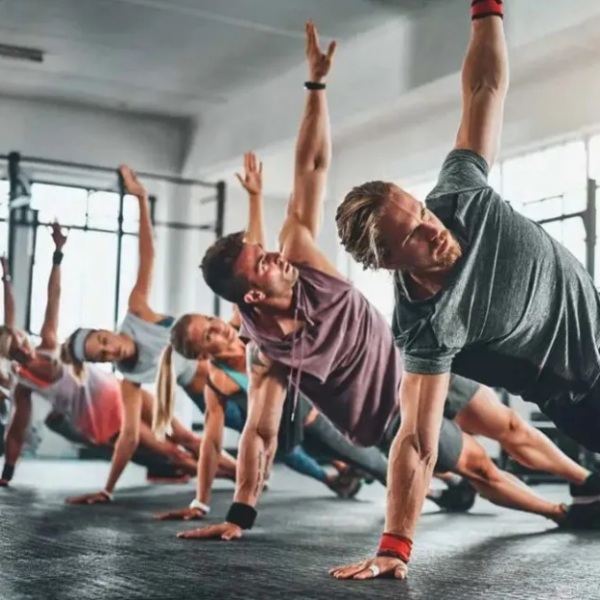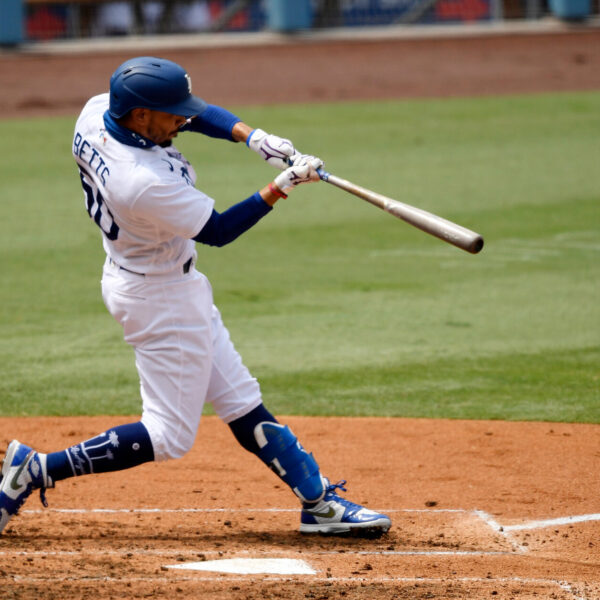Project description
The system for automatic recognition of marked cutting objects on a polygraphic (printed) material using a high-resolution camera placed above the working surface of the plotter.
Volya team has developed highly effective algorithms for cutting equipment machine vision utilizing machine learning methods.
Purpose of the system
The software automates the production, minimizing the necessary manual operations thus significantly speeding up the cutting process. Reduces the wear of the tool mechanisms by eliminating the need to search for registration marks on the camera on the cutting mechanism.
Client info
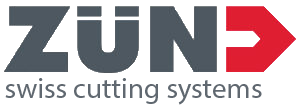
the world’s leading manufacturer of multifunctional digital equipment for cutting (flatbed cutting plotters)
Headquarters:
Altstetten (Switzerland)
Machine learning
Intelligent recognition algorithms are able to reconstruct missing registration marks, if for example, covered by a casing, and also to adapt to changes in recognition conditions (illumination and shadows, material shape, quality of printing). Autonomous work is possible even in the absence of preset label templates, as well as in the absence of labels in general, if the material is placed with polygraphy down. In such situations, the recognition of the edges of the material is used.
Efficiency of the system
- All the marks on the working surface of the 6 by 3 m plotter surface are recognized simultaneously in just 4-7 seconds thanks to a special algorithms system;
- The total number of labels, the number of objects for cutting and their position do not affect the recognition speed, which significantly increases the equipment productivity;
- The orientation of the material does not matter for precise cutting, it significantly facilitates and accelerates all manual operations.
Technologies used



Programming language: C / C ++. The graphical user interface (GUI) was created using Qt Framework. Calibration is based on OpenCV algorithms. As an auxiliary algorithm for jobs identification Coherent Point Drift (CPD) was used. The project also used the Eigen library (library of linear algebra for C ++), Inter Process Communications (IPC), Component Object Model Technologies (COM).
How does it work
Customer Representative Comments
The project is about machine vision. Based on images of a high resolution camera, the position of objects is determined fast and accurate by detecting register marks in the image. Working together with the young developers of the Volya team is straightforward, fast and cooperative. Our ideas and wishes are fulfilled and Volya developers come up with proactive solutions. Especially I want to note the short reaction time to our requests.
